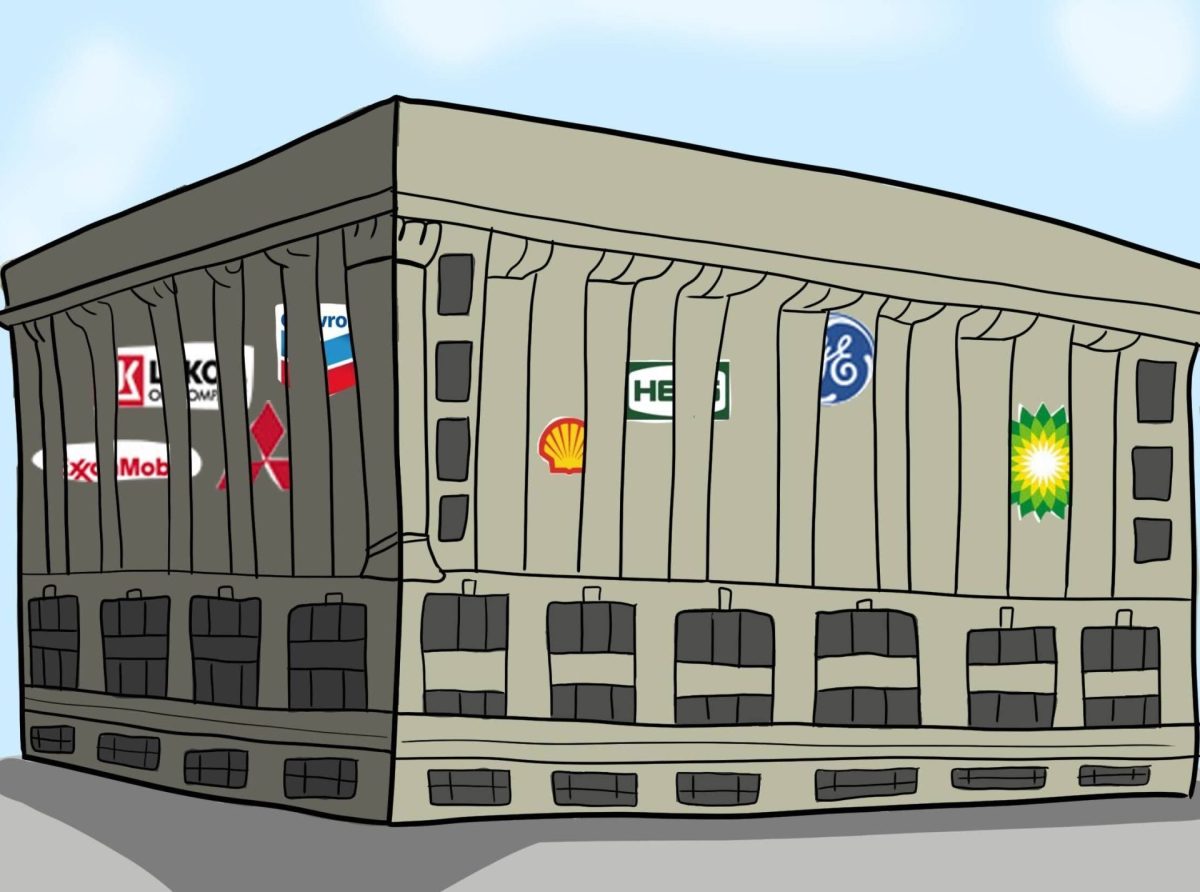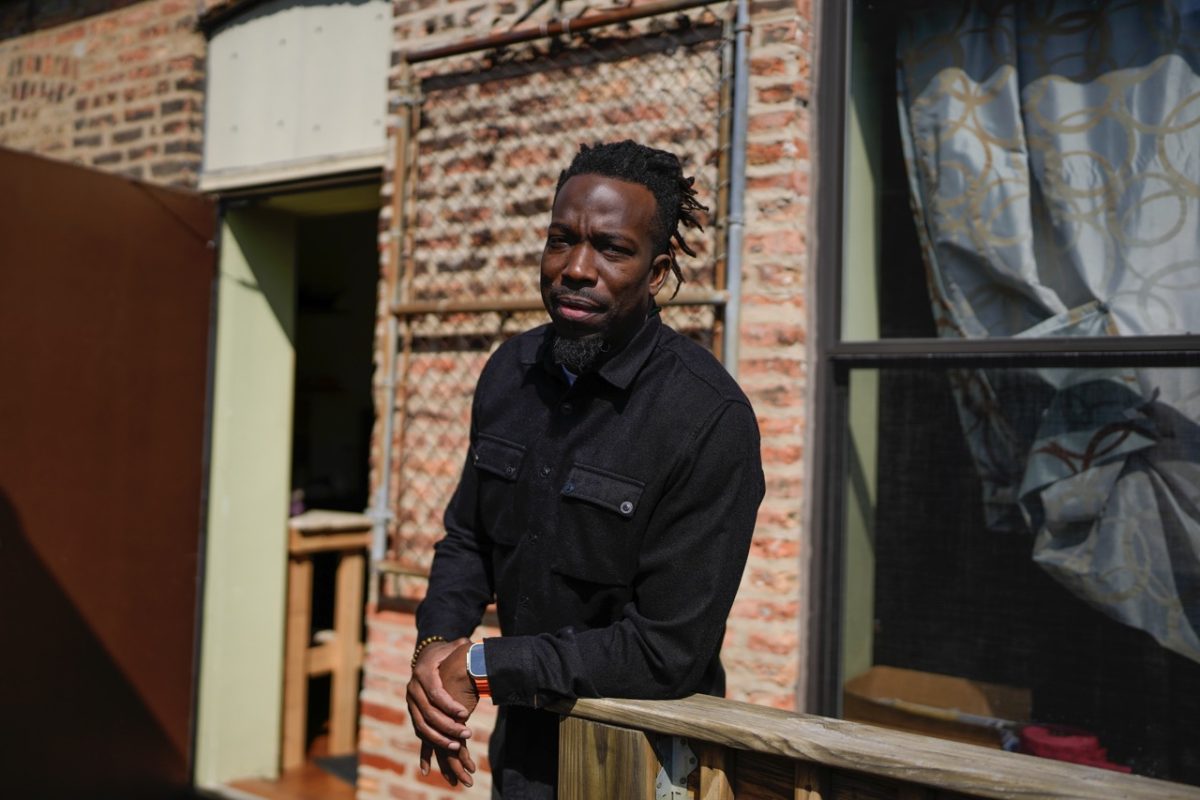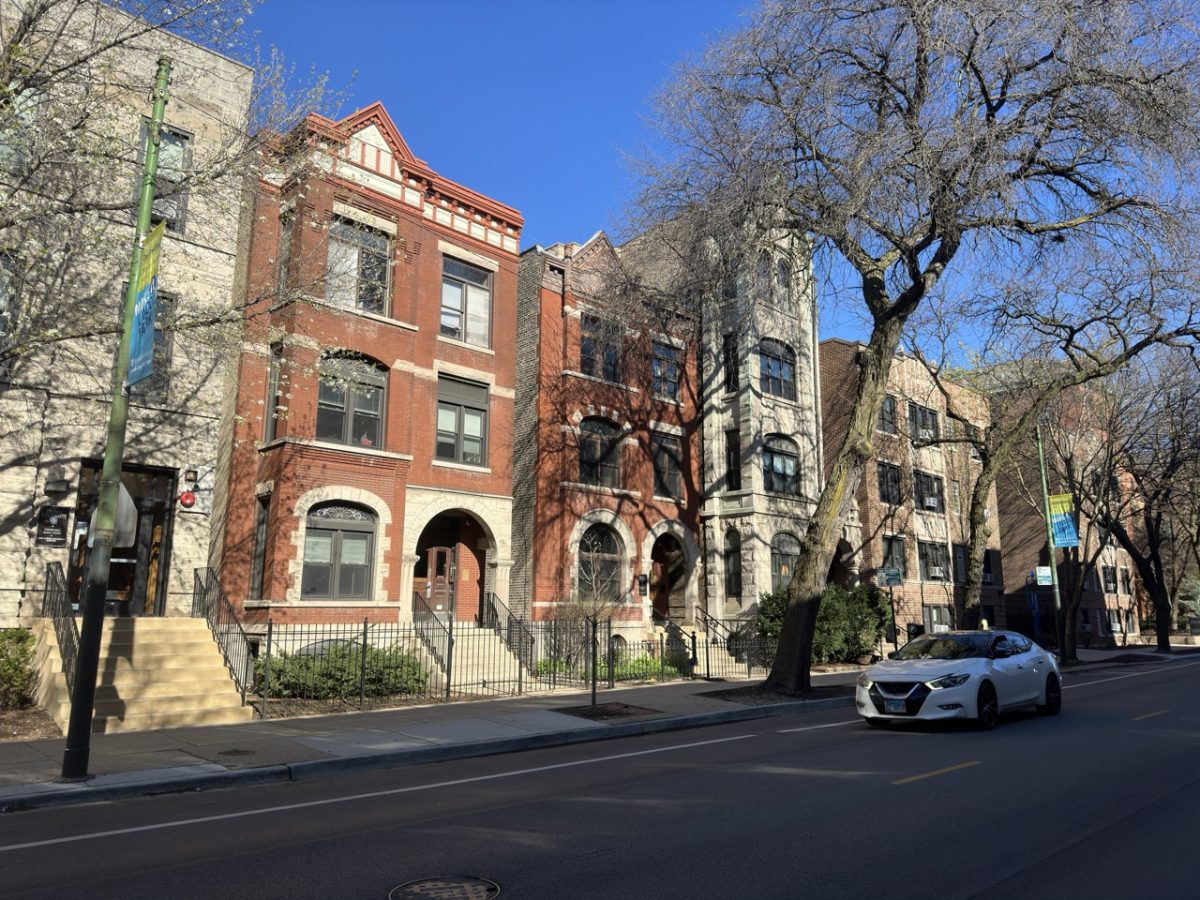After Thanksgiving 2013, DePaul University students will finally say goodbye to their favorite “Cheese Grater.”
McGaw Hall, which houses the Writing, Rhetoric, and Discourse (WRD) and Modern Languages departments, as well as the University Center of Writing- Based Learning (UCWbL), will begin moving classes out of the building at the end of Fall Quarter in the 2013-2014 academic year at the earliest, according to DePaul Vice President of Facility Operations Robert Janis.
McGaw will then be demolished as a part of the 2009 Lincoln Park Master Plan, in order to make way for a School of Music facility. The plan for a new School of Music is currently under design, however, and there is no set time frame to begin the project. Although there is no confirmed demolition date, DePaul University is making pre-construction preparations for the academic departments currently located in the building.
Janis said that the move will not affect students this year, and that plans for moving have been “pretty wildly known internally … especially within the impacted departments who have been exposed to the detail about the move and planning by their respective department chairs.”
Sometime after Thanksgiving, the UCWbL will move to the second floor of the Arthur J. Schmitt Academic Center. The Modern Languages and Writing, Rhetoric, and Discourse departments will relocate to the 3rd and 4th floors of SAC, in the space vacated by the College of Education. “We’re really sad to be losing the floor-to-ceiling windows in McGaw classrooms and many of our faculty offices, but excited to be moving closer to our colleagues in other LAS departments and the classrooms in which most of us teach,” said DePaul WRD Professor Peter Vandenberg.
McGaw Hall has not always been a fixture of the DePaul campus. The building originally opened in 1963 as the library for the McCormick Theological Seminary. It was purchased by DePaul University in 1977, along with the Concert Hall, the Stone Building (which would become the Fine Arts building) and 4.3 acres of land. The building retained its original name, McGaw, in honor of the family who originally donated the funds for the library. The building that will take McGaw’s place is a new Music Center, which will feature a 535-seat concert hall, a 150-seat large recital hall, and an 80-seat small recital hall. In addition, the chapel (currently the Concert Hall), which also originally belonged to McCormack Theological Seminary, will be converted to an Operatic Rehearsal Hall. Upon completion of the new facility, the current School of Music will primarily function as faculty and administrative offices, and teaching studios.
The demolition of McGaw is part of the plan proposed in 2009, which includes the building of the new Theatre School, currently under construction at the corner of North Fullerton and West Racine Avenue, the DePaul Art Museum, and Arts and Letters Hall, among other developmental projects. Architectural firm Antunovich and Associates, created the design proposals for the campus renovations and new facilities. The same firm collaborated with DePaul for the1989 Lincoln Park Master plan, which included the construction of the Monsignor Andrew J. McGowan Science Building, which opened in 2009. The newest Lincoln Park Master Plan is expected to be complete in the year 2019.
Students who have classes at McGaw are generally optimistic about the change in location, as the departments located there will no longer be secluded from the rest of campus.
Junior Natalie Garcia thinks that the news space will be beneficial to the departments. “I think it will be great to have a new location for WRD. As a WRD student, I find McGaw to be isolated from the rest of DePaul. I feel that a new location would be great. I will miss the Writing Center being so isolated and quiet, but I think any improvement would be great as the WRD program has a lot to offer.”
Senior Lauren Shagena agrees that McGaw’s isolation can sometimes allow for a refreshing change of pace. “It’s definitely the smallest and least hectic building on campus, and having a class there can sometimes be a nice break from the overcrowded SAC and Arts & Letters.”
Although many students and faculty believe McGaw to be one of campus’ biggest eyesores, the famous architectural firm, Holabird and Root, whose work includes the Chicago Daily News Building and Soldier Field, originally designed the building. Today, McGaw is commonly known on campus by its nickname, the “Giant Cheese Grater,” for its modern boxy design and metal front.
“It’s sad looking, almost. It’s very unappealing aesthetically when you compare it to the Arts and Letters Hall,” said Garcia.
Some, however, have a soft spot for the building, appreciating the unique, mid-century modern design.
“I love mid-century architecture. I love the steel and the glass box, with its natural light and simplicity,” said Matthew Pearson, who, as the Faculty Development Program Director of the UCWbL, works in McGaw. “I think it looks cool.”
Despite the excitement of the forthcoming changes for the School of Music, the loss of McGaw Hall, being one of the older buildings on DePaul’s campus, will be a loss of a unique piece of DePaul’s history in Lincoln Park.







